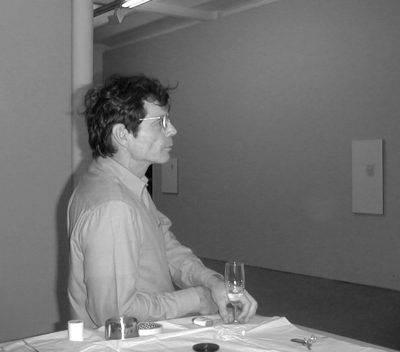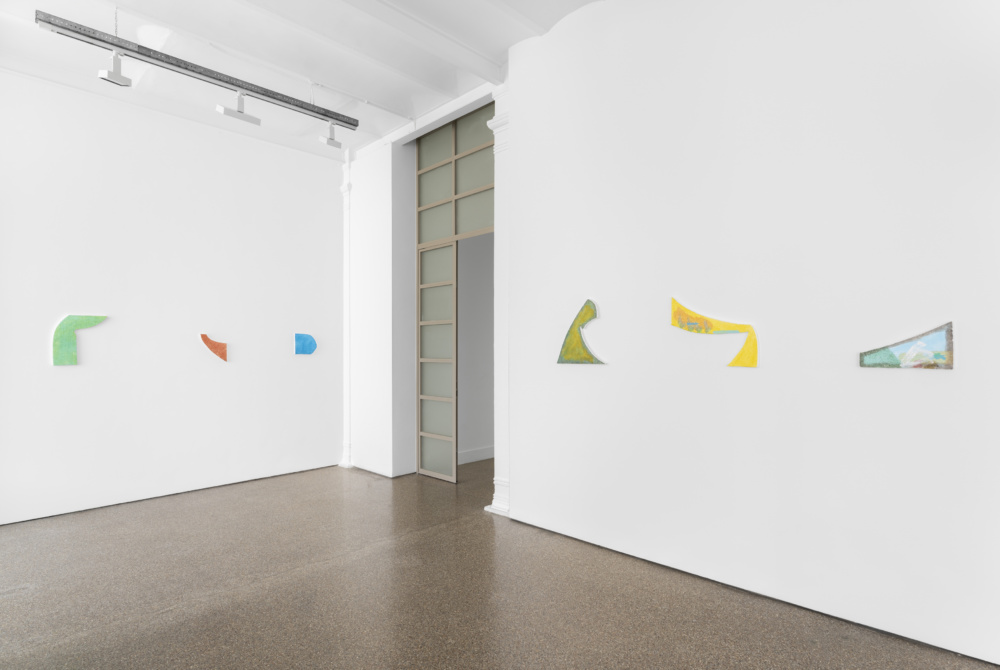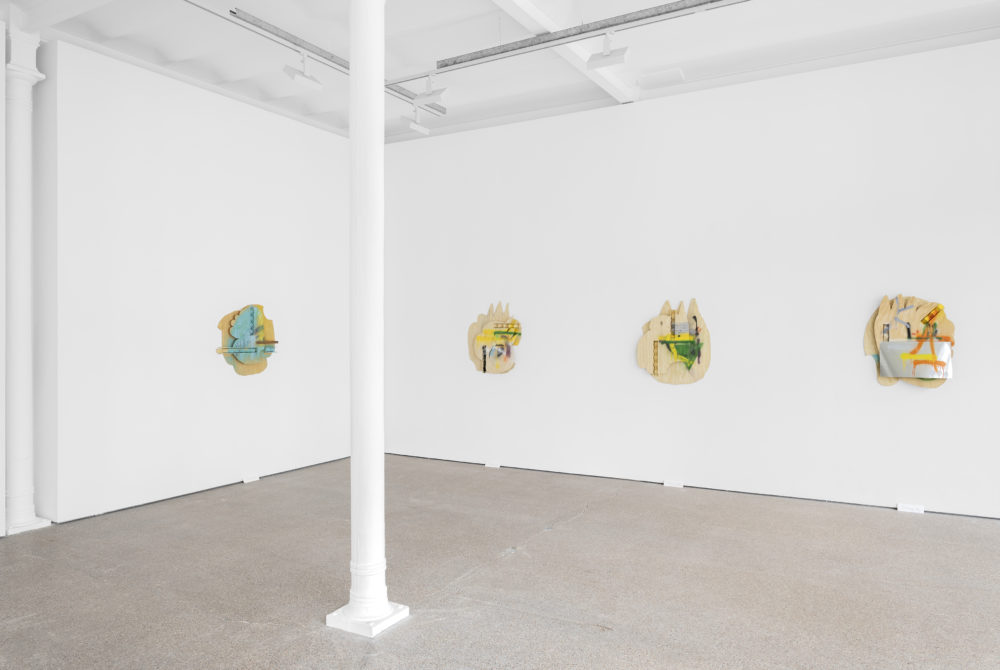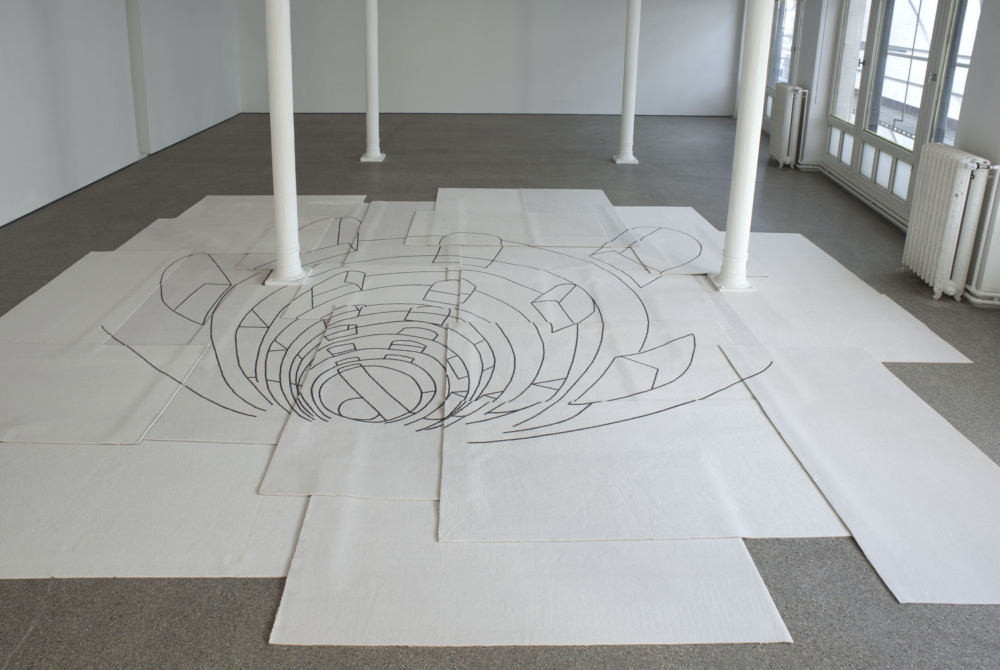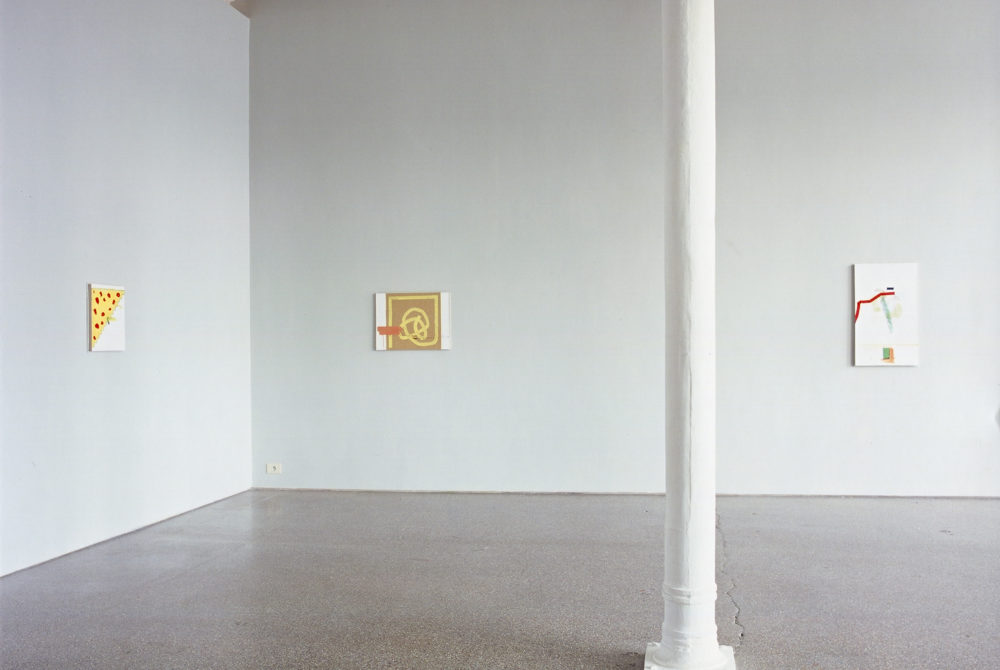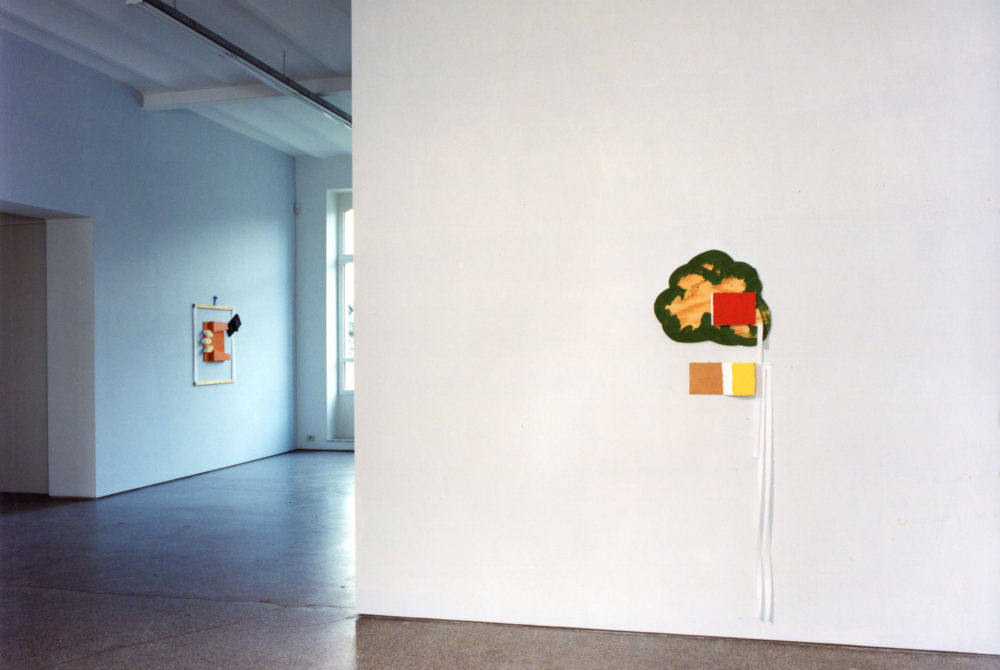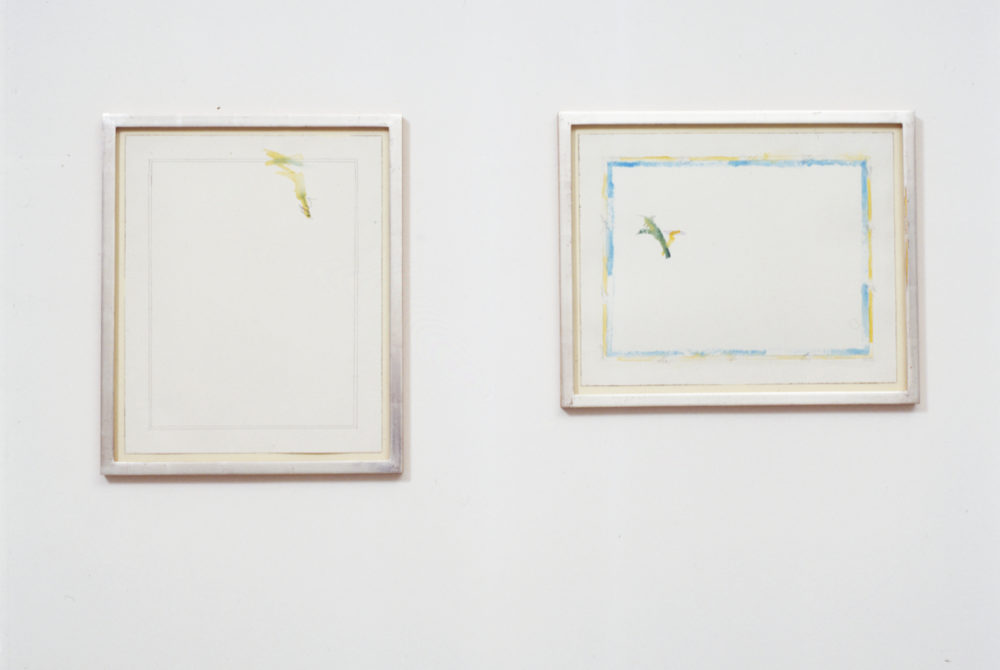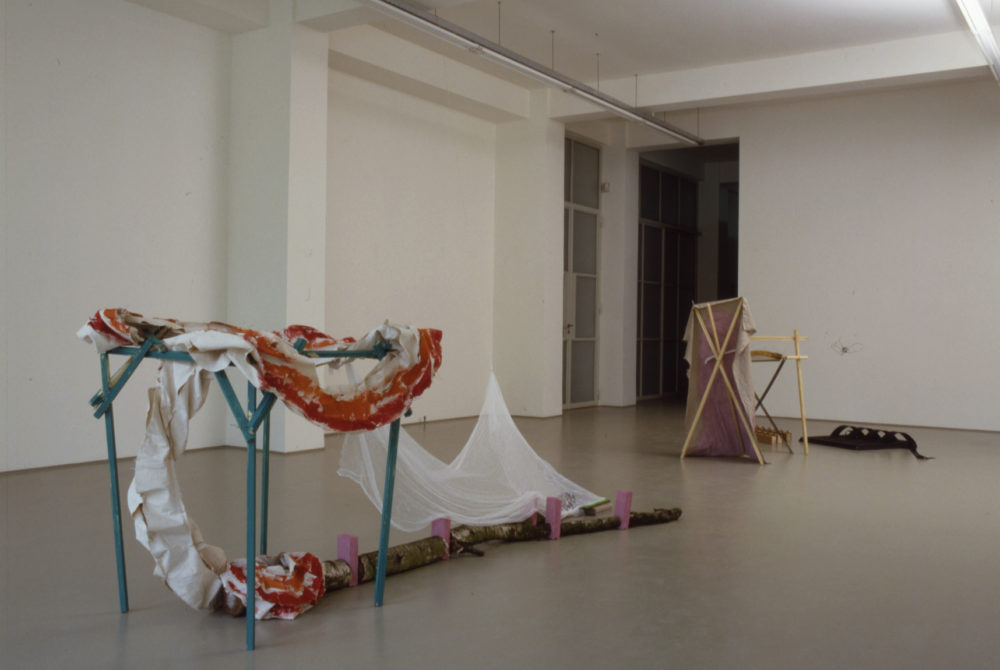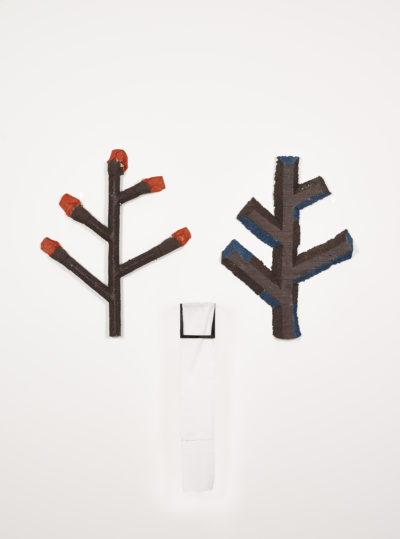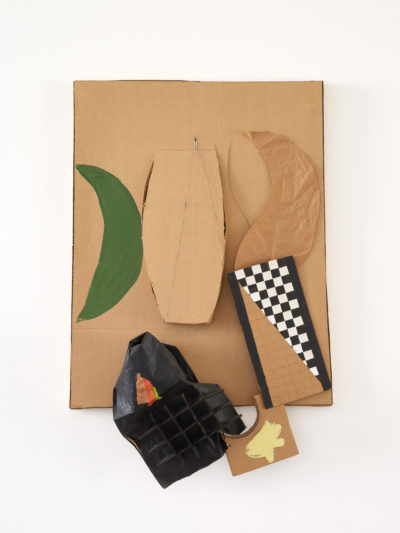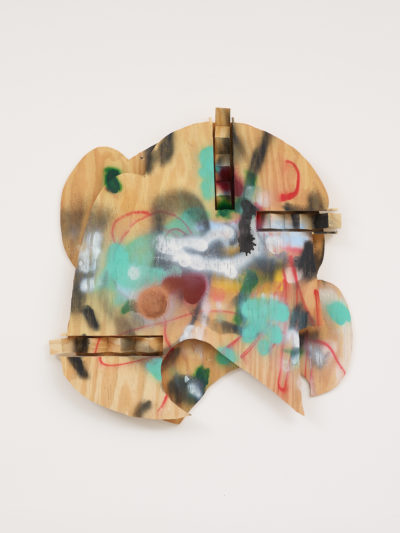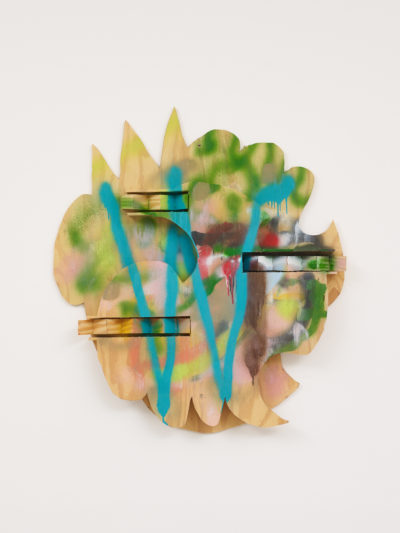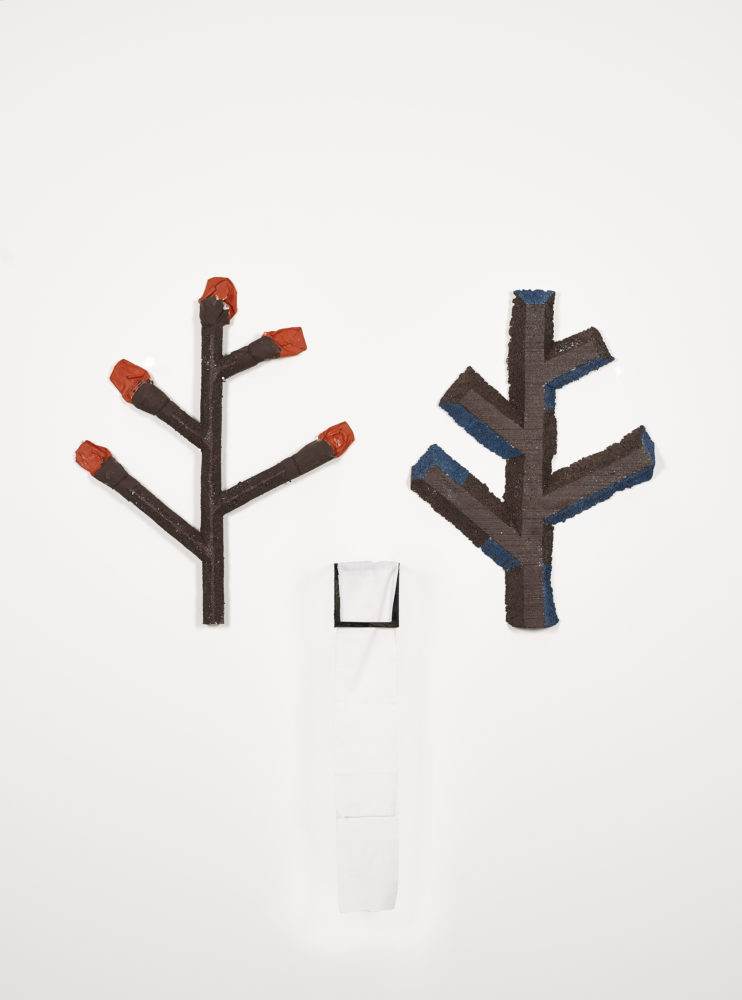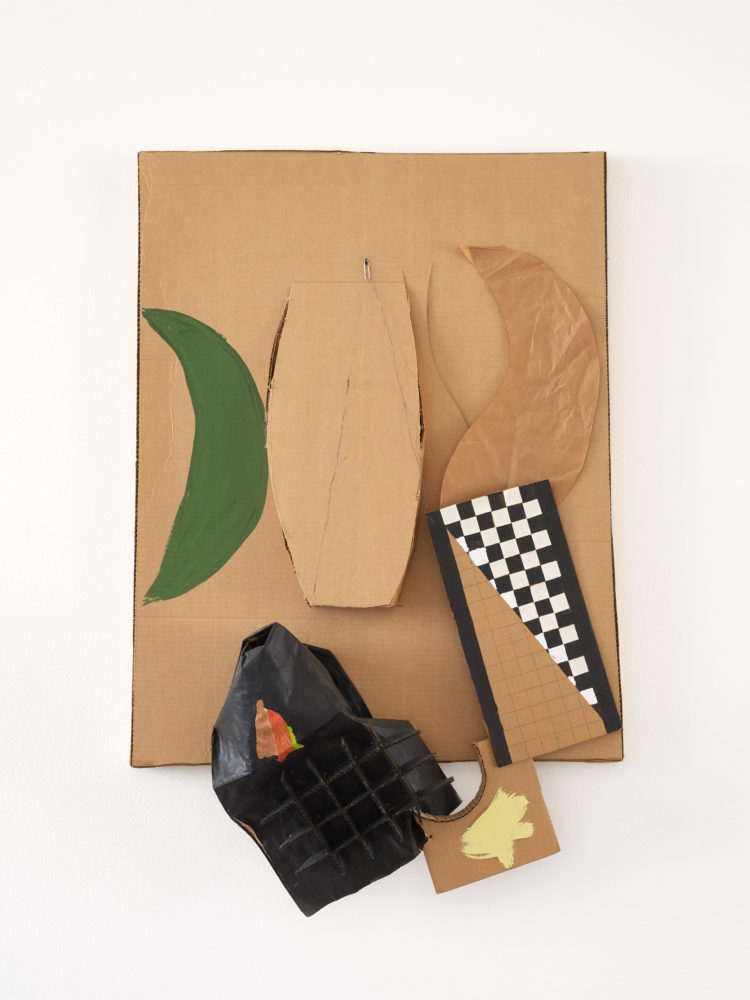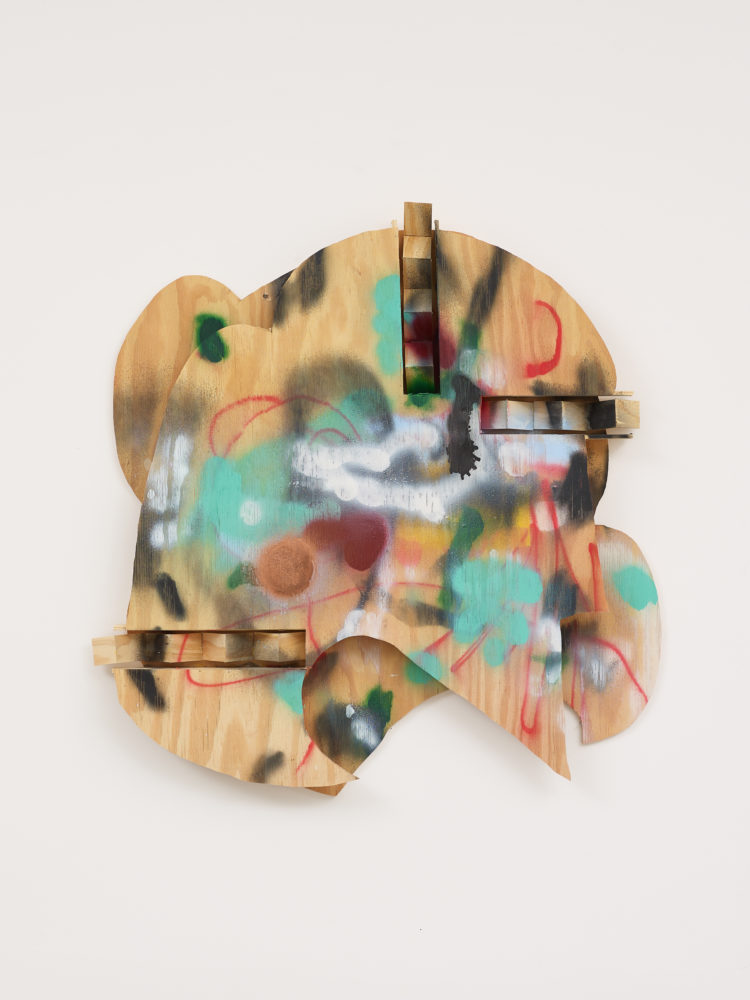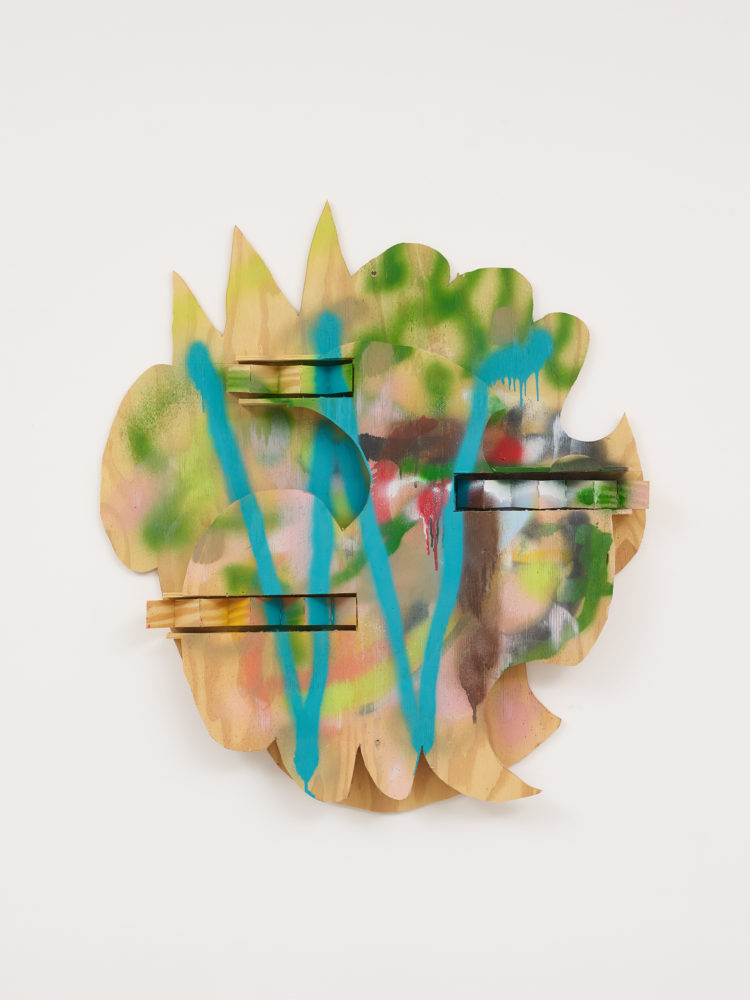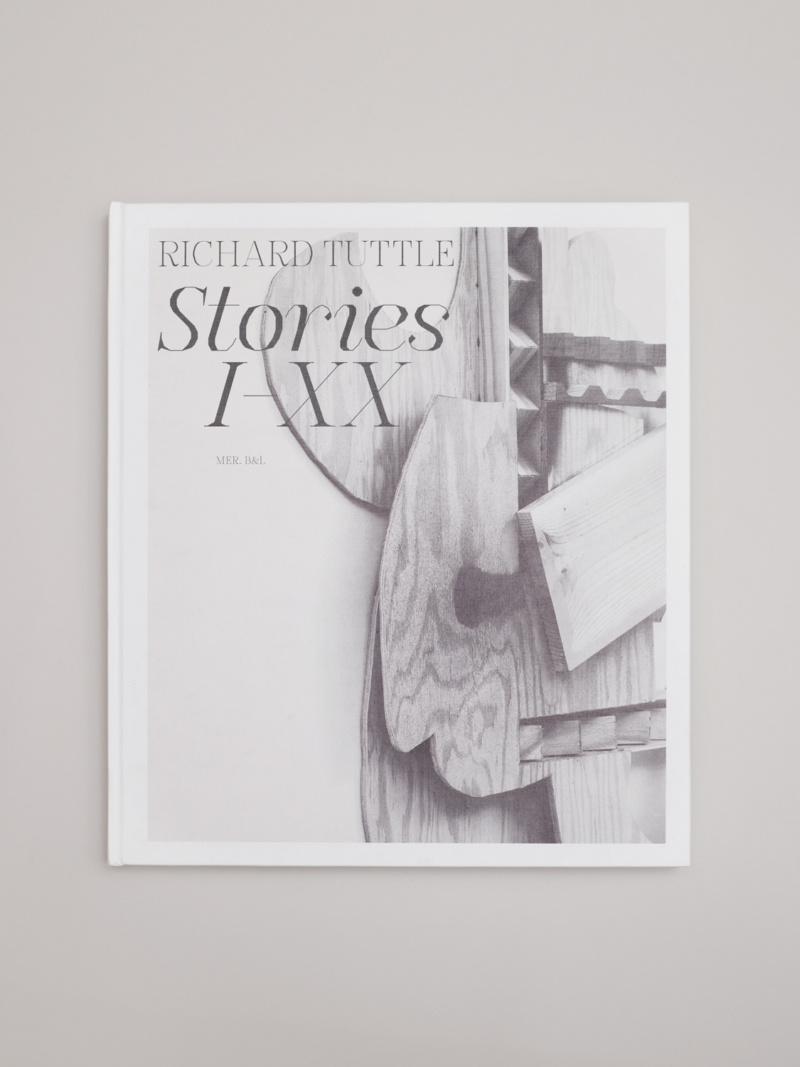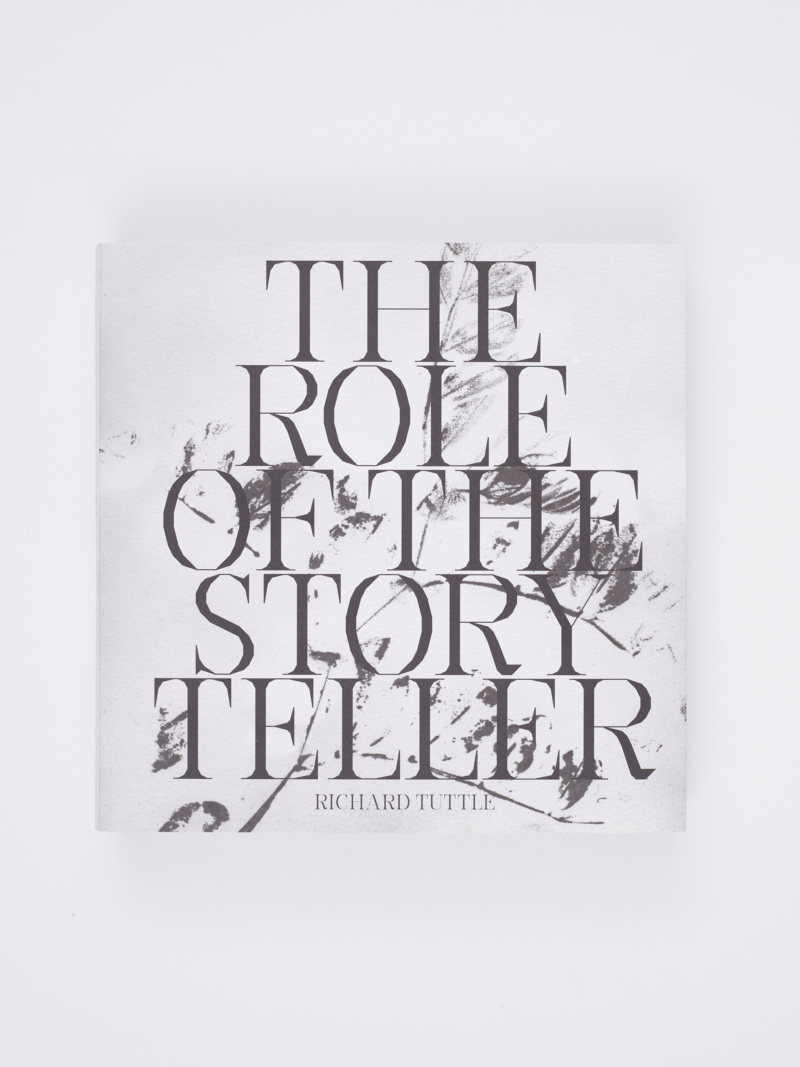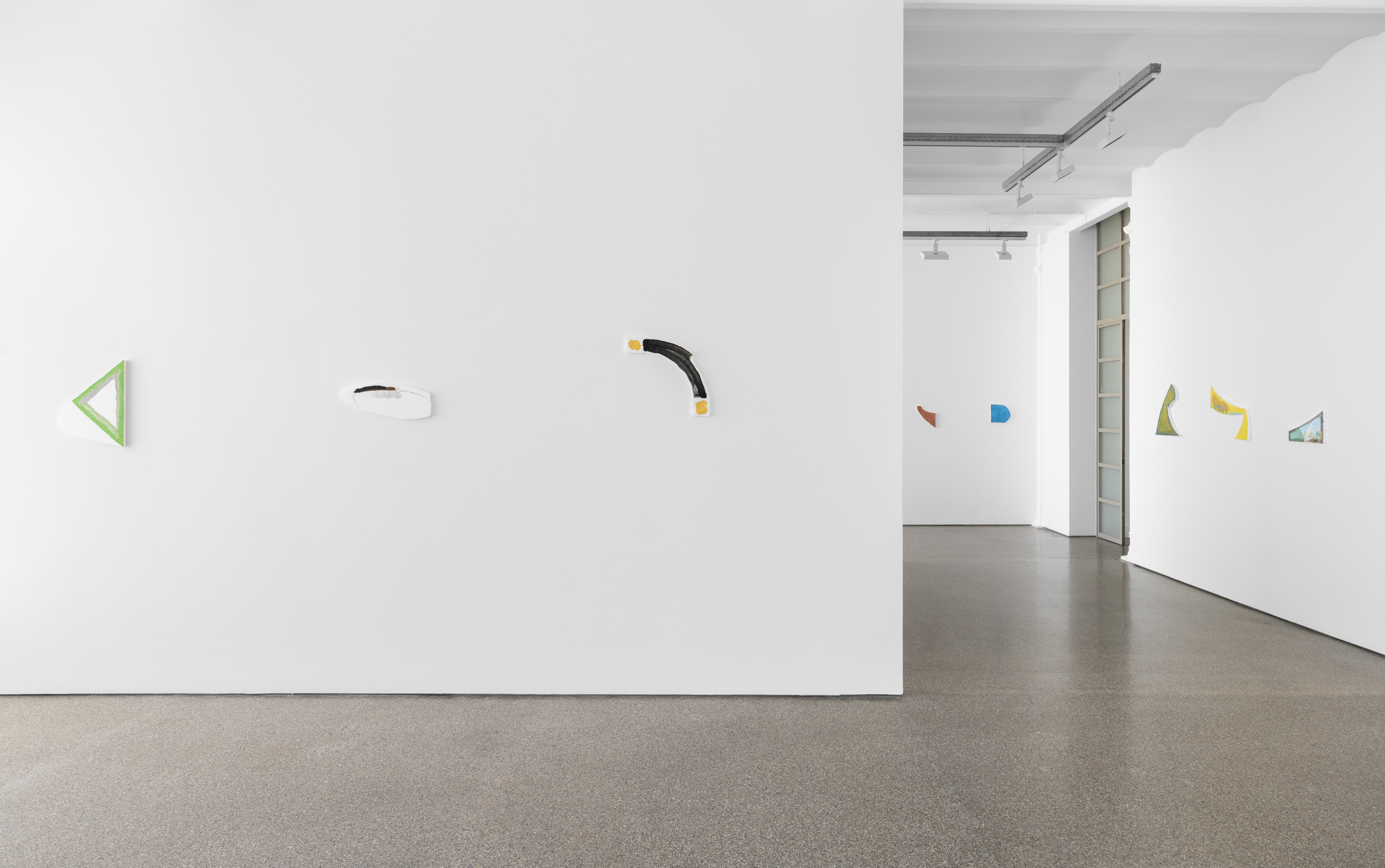
About the artist
b. 1941 in Rahway, New Jersey, USA
Lives and works in Mount Desert, Maine; Abiquiu, New Mexico and New York City, USA
Richard Tuttle and his ability to overturn traditional constraints of material and medium, comes as a transition to consider painting’s potential when displaced into other realms. By engaging various aspects of painting in a freehanded way, Richard Tuttle’s work exceeds rational determinations. The merging of painting and sculpture is an important part of his work, which occupies a liminal space in-between mediums. Throughout the 1980s and 1990s he experimented with material and began to incorporate the frame as an element to engage with scale, light, systems of display, and marginal spaces such as floors and corners. Rejecting the precision of Minimalism, he embraced a handmade quality enabling him to draw beauty out of humble materials.
Exhibitions
Publications

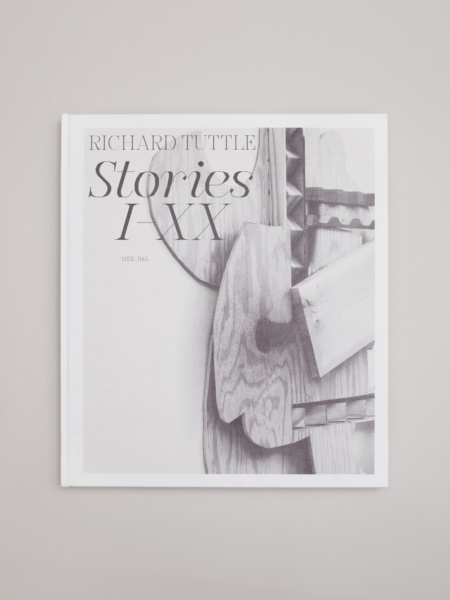
Richard Tuttle
Stories I – XX
In his new body of work Stories, I–XX the artist elaborates on his displacement of painting into other realms to engage us in a rhythmical reflection on color. As we move from one Story to the next, the idiosyncratic nature of these cutout plywood pieces comes to confront their seriality — form and logic sporadically emerge and disappear. During the 1980s, Richard Tuttle began experimenting with materials and framing devices to probe art’s relationship to scale, form and systems of display. Diverting from the cold precision of Minimalism his approach to art making embraces a playful and handmade quality that promotes the idea that things are always “just beginning”. Often made out of humble materials such as plywood, cardboard, Styrofoam and paper, his work pushes the viewer to find forms of appreciation that aren’t related to craftsmanship. In his own words, Tuttle proclaims that he loves materials, and at the same time is not really interested in them. The subtlety of this paradigm exemplifies his attitude towards art as a tool for life and an activity of sublimation engrossed in language and story telling.
Year: 2021
Dimensions: 29 x 33 cm
Pages: 128
Language: English
Material: Hardcover

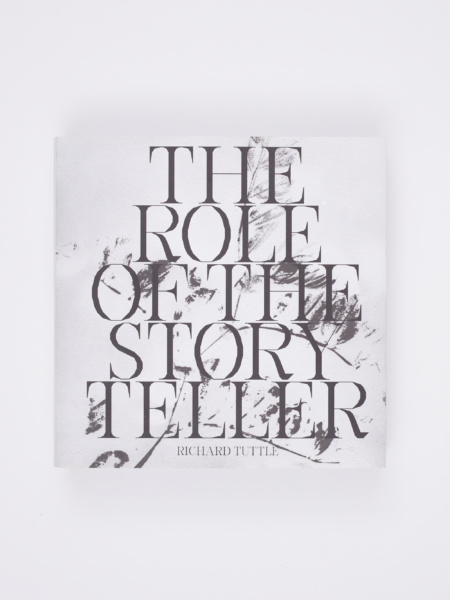
Richard Tuttle
The Role of the Story Teller
Richard Tuttle reflects on color during his stay in Ostend in 2017, where his solo exhibition Light And Color was on view at Mu.Zee. It was here that he set out the initial framework for what became The Role Of The Story Teller, a book that invites us to his world of color.
The book consists of five sections, depicting and illustrating two of his marvellous artist books—Not the Point (2009) and You never see the same color twice (2017)—while connecting them with three exhibitions from 2017, namely his solo-presentation at de Hallen (Haarlem, NL), Books, Multiples, Prints, Writings and New Projects at Galerie Christian Lethert (Cologne,
DE) and Light and Color at Mu.Zee (Ostend, BE).
With his documented writings, images of artworks and selections of text, Tuttle departs from concrete notions of color, instead proposing a boundless vision of “real” color. Tuttle’s themes and provocative questions bring together seemingly disparate episodes, providing new ways to consider and experience our own relationship to color.
Year: 2020
Dimensions: 20,9 x 20,9 x 4,8 cm
Pages: 440
Language: English
Material: Paperback
